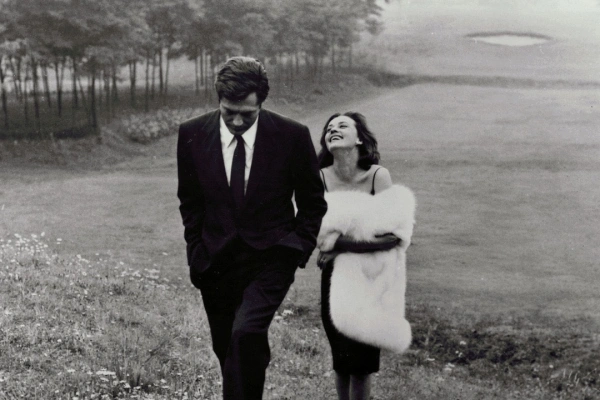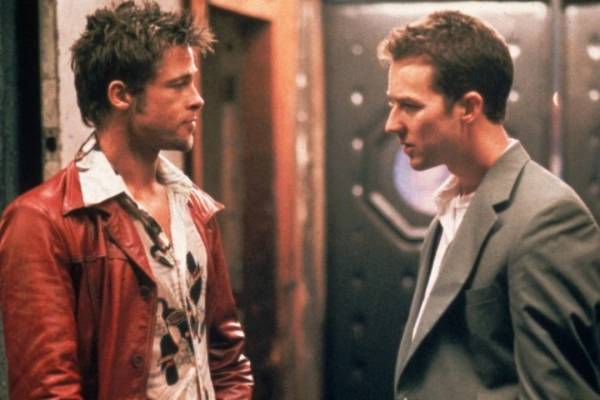This could be Paul Greengrass’ weakest picture in a long while—a less-than-invigorating work centering on the 2011 Norway terror attacks that struggles to get into any kind of momentum.
Dir. Paul Greengrass
2018 | Norway | Drama/Crime/History | 143 mins | 1.85:1 | English & Norwegian
M18 (passed clean) for disturbing violence, graphic images, and language
Cast: Anders Danielsen Lie, Jonas Strand Gravli, Jon Øigarden
Plot: A three-part story of Norway’s worst terrorist attack in which over 70 people were killed, the film looks at the disaster itself, the survivors, Norway’s political system and the lawyers who worked on this horrific case.
Awards: Won SIGNIS Award – Honourable Mention, Nom. for Golden Lion (Venice)
Distributor: Netflix
Accessibility Index
Subject Matter: Dark/Disturbing
Narrative Style: Slightly Complex
Pace: Slightly Slow
Audience Type: Slightly Mainstream

(Reviewed on Netflix)
Spoilers: No
Being a huge fan of Paul Greengrass, who is best known for directing Matt Damon in three ‘Jason Bourne’ flicks, and Tom Hanks in Captain Phillips (2013), I find his latest film (made for Netflix) less than stellar, perhaps even disappointing.
22 July is a dramatisation of the 2011 Norway terror attacks from three vantage points: a young man who survives the attack on the summer camp at Utøya, the terrorist as represented by his defense attorney, and the government response to its aftermath.
While Greengrass intercuts the three strands quite efficiently, there’s no real sense of momentum to the proceedings—and this is rather uncharacteristic of the director’s style which has been marked by prolonged tension and intrigue. Furthermore, the original music is slight, non-consequential even, a far cry from Greengrass’ invigorating collaborations with his earlier composer John Powell.
“Can you tell us what happened to you on Utøya, Viljar?”
Together with a flat script and generally rote performances, I can’t help but feel that the movie doesn’t really work, even on a baseline entertainment level. That is not to say that such a subject matter should be entertaining, but at the very least, it ought to be engaging. I’m quite surprised that it was selected for competition at the Venice Film Festival.
I happened to see 22 July around the time of the recent New Zealand attacks. As such, a lot of the discourse over the nature of terrorism, the rise of right-wing white supremacists and their manifestos remained fresh. The parallels between both attacks are eerie and unnerving.
And in fact, as Bjørn Ihler, a survivor at Utøya, remarked in a ‘TIME’ opinion piece after the NZ tragedy, “the far-right’s belief that we can’t live together is growing in legitimacy, and that is in turn legitimising violence.”
“You can’t call the Prime Minister. And Norway isn’t on trial. You are.”
“Are you sure about that?”
This is perhaps the most frightening thing about the changing dynamics of terrorism—that if we are not careful as a society and nation, we could be responsible for legitimising it. (At the time of publishing, the even more recent Sri Lankan attacks also happened.)
Greengrass has dealt with terror before in what could be one of the finest pictures of the 2000s, United 93 (2006), which centered on the fourth passenger plane that was brought down by terrorists on 9/11. For a strong lesson on how to make an intense if also sensitive work on the subject matter, look no further. I wished 22 July shared that same spirit of filmmaking.
Grade: C+
Trailer:












[…] one needed, a lacklustre attempt at dramatising the 2011 Norway terror attacks and its aftermath in 22 July (2018) and now, an above-average News of the World, a reunion with Tom Hanks whose star wattage […]
LikeLike